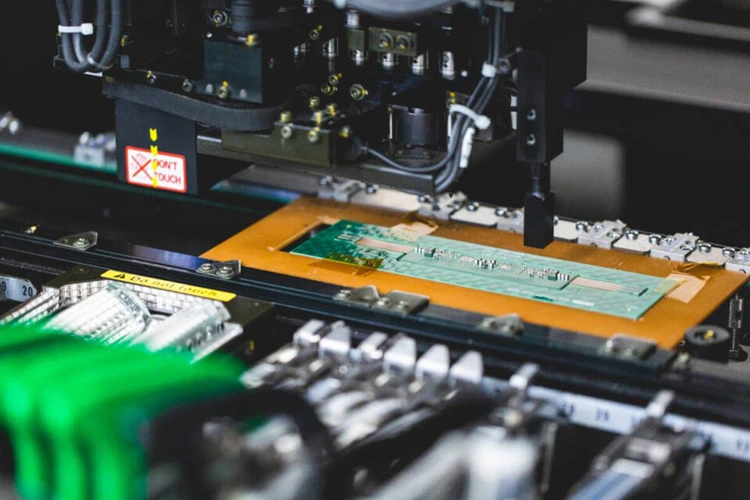In the ever-evolving world of electronics, in circuit testing has become a vital component, especially in turnkey electronics. This process ensures that electronic components and assemblies perform their intended functions efficiently. For exporters and importers, understanding the nuances of circuit testing can significantly impact the success of their electronic products in the market.
As we delve into this topic, we’ll explore how in circuit testing is implemented in turnkey electronics and why it is crucial in the production line. Whether you are an industry veteran or a newcomer, this article will provide you with valuable insights.

What is In Circuit Testing?
In circuit testing (ICT) is a method used to test the functionality of electronic circuits. It involves checking individual components on a printed circuit board (PCB) to ensure they function correctly. This testing is crucial in detecting manufacturing defects, such as short circuits or open circuits, before the product is fully assembled.
The Importance of In Circuit Testing in Turnkey Electronics
In the realm of turnkey electronics, in circuit testing plays a pivotal role. Turnkey solutions refer to services where a provider handles every aspect of product development, from design to manufacturing. Incorporating ICT in this process ensures that each component meets quality standards, reducing the risk of failures in the final product.
For more insights on how turnkey solutions support PCB design, check this link.
How In Circuit Testing Works
The process of in circuit testing involves the use of test probes that make contact with specific points on a PCB. These probes check the electrical performance of each component, ensuring they meet the required specifications. The test results help identify any manufacturing defects early in the production process.
Key Benefits of In Circuit Testing
Implementing ICT in turnkey electronics offers several advantages:
- Quality Assurance: Ensures that all electronic components function as intended, enhancing product reliability.
- Cost Efficiency: Detects defects early, reducing the need for costly rework or recalls.
- Time Saving: Speeds up the manufacturing process by identifying issues before assembly completion.
Explore more about the benefits of DFX in turnkey manufacturing.
Challenges in Implementing In Circuit Testing
While in circuit testing offers numerous benefits, it also presents certain challenges, such as:
- Complexity: Testing increasingly complex PCBs can be challenging, requiring advanced equipment and expertise.
- Cost: Initial setup costs for ICT systems can be high, although they offer long-term savings.
Strategies for Overcoming Challenges
To overcome these challenges, companies should invest in modern testing equipment and provide adequate training for their staff. Partnering with experienced turnkey electronics providers can also help streamline the testing process.
Future Trends in In Circuit Testing
As technology advances, in circuit testing is evolving to meet new demands. Emerging trends include the use of AI and machine learning to enhance testing accuracy and efficiency. These technologies are set to revolutionize the way ICT is conducted, making it more adaptable to complex circuits.
Discover how flexible PCB manufacturing is evolving in turnkey solutions.

Conclusion
In circuit testing is essential in ensuring the quality and reliability of electronic products. For those involved in turnkey electronics, understanding and implementing ICT can lead to significant improvements in product performance and customer satisfaction. By staying informed about the latest trends and challenges, exporters and importers can better navigate the competitive electronics market.
FAQ Section
1. Why is in circuit testing crucial in electronics manufacturing?
In circuit testing is crucial because it ensures the functionality and reliability of electronic components, reducing the risk of defects and failures in the final product.
2. What are the main challenges of implementing in circuit testing?
The main challenges include the complexity of testing modern PCBs and the initial costs associated with setting up ICT systems.
3. How does in circuit testing benefit exporters and importers?
For exporters and importers, ICT ensures that electronic products meet quality standards, enhancing reputation and reducing the risk of costly recalls.
For a more comprehensive guide on turnkey solutions, visit WinTech PCB Assembly.


